Health and Wellness Trends
The Edible Inkjet Ink Market is significantly influenced by the growing health and wellness trends among consumers. There is an increasing preference for natural and organic ingredients in food products, which extends to edible inks. Manufacturers are responding by developing inks that are free from artificial additives and made from food-safe materials. This shift aligns with the broader movement towards healthier eating habits, potentially increasing the market size as health-conscious consumers seek products that align with their values. The demand for clean-label products is expected to drive innovation in the Edible Inkjet Ink Market, fostering growth and diversification.
Rising Demand for Customization
The Edible Inkjet Ink Market experiences a notable surge in demand for customization in food products. Consumers increasingly seek personalized cakes, cookies, and other edible items that reflect individual preferences and celebrations. This trend is driven by social media influences, where visually appealing food garners attention. As a result, businesses are investing in edible inkjet technology to meet these demands, leading to a projected market growth rate of approximately 8% annually. The ability to print intricate designs and vibrant colors on edible surfaces enhances the appeal of products, thereby expanding market opportunities for manufacturers and suppliers in the Edible Inkjet Ink Market.
E-commerce Growth in Food Sector
The Edible Inkjet Ink Market is positively impacted by the rapid growth of e-commerce in the food sector. As online shopping becomes more prevalent, consumers are increasingly purchasing customized edible products through digital platforms. This shift presents new opportunities for businesses to reach a wider audience and cater to specific consumer needs. E-commerce allows for the easy distribution of edible inkjet products, facilitating market penetration and expansion. The convenience of online ordering is likely to drive sales in the Edible Inkjet Ink Market, as consumers seek unique and personalized food items that can be delivered directly to their homes.
Technological Innovations in Printing
Technological advancements play a crucial role in shaping the Edible Inkjet Ink Market. Innovations in printing technology, such as improved ink formulations and printer capabilities, enhance the quality and efficiency of edible printing. These advancements allow for higher resolution images and faster printing speeds, making it feasible for businesses to produce customized edible products on a larger scale. The integration of digital printing solutions is likely to attract more players into the market, further stimulating competition and growth. As technology continues to evolve, the Edible Inkjet Ink Market is poised for substantial expansion, with new applications emerging in various sectors.
Expansion of the Bakery and Confectionery Sector
The Edible Inkjet Ink Market benefits from the expansion of the bakery and confectionery sector, which is experiencing robust growth. As more consumers indulge in baked goods and sweets, the demand for innovative decoration techniques rises. Edible inkjet printing offers a unique solution for bakeries and confectioneries to create visually stunning products that stand out in a competitive market. This sector's growth is projected to contribute significantly to the overall market, with estimates suggesting a compound annual growth rate of around 6% over the next few years. The Edible Inkjet Ink Market is likely to see increased investments as businesses seek to capitalize on this trend.



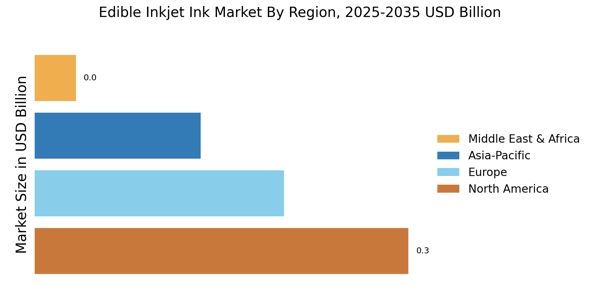

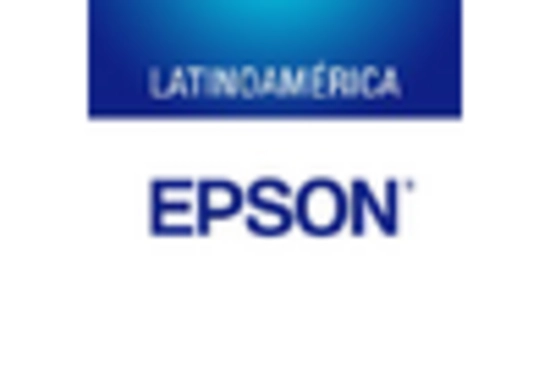
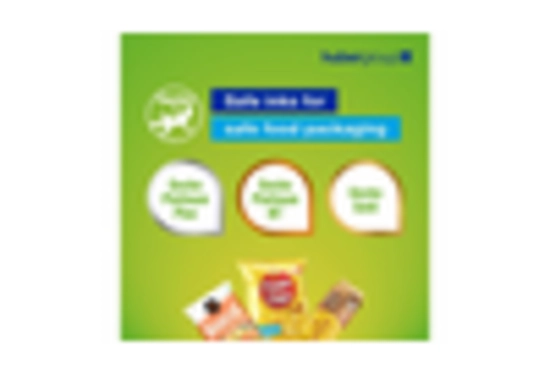
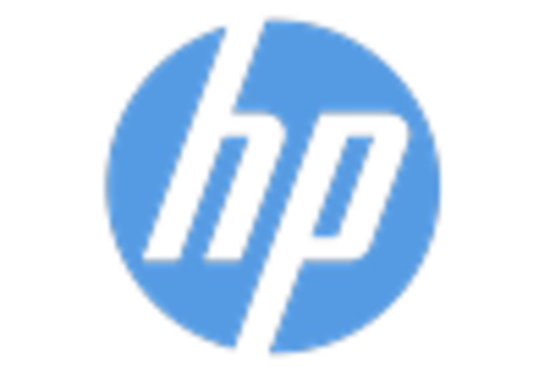
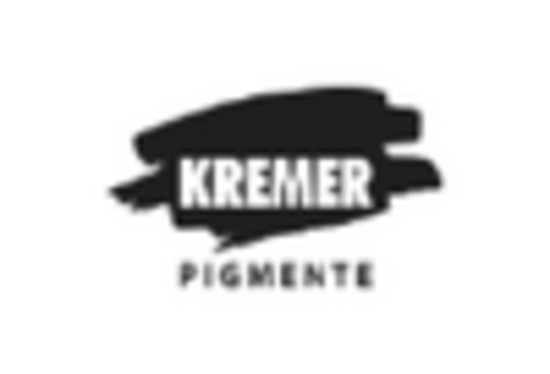
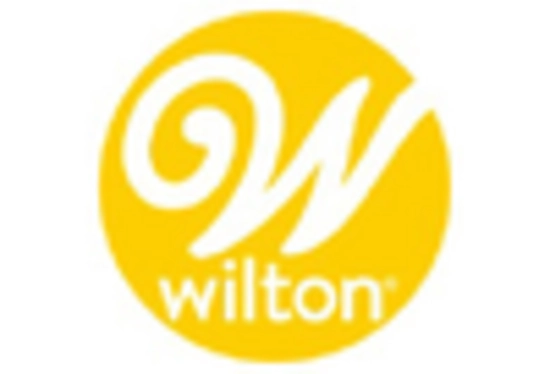








Leave a Comment